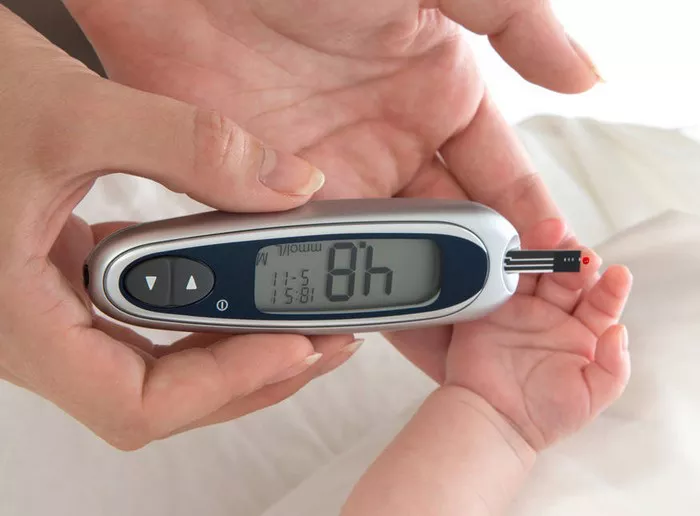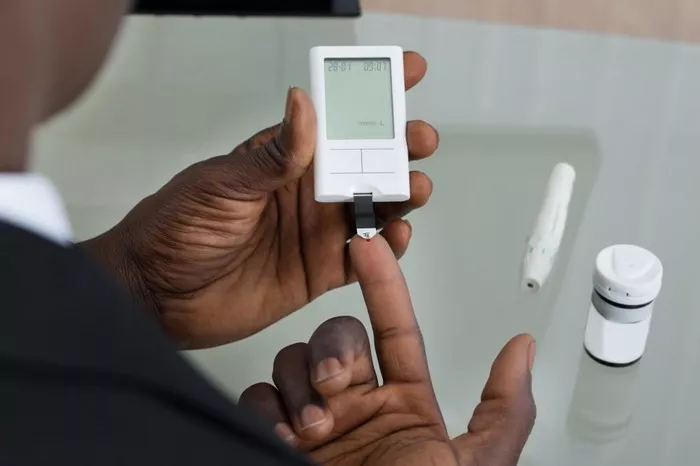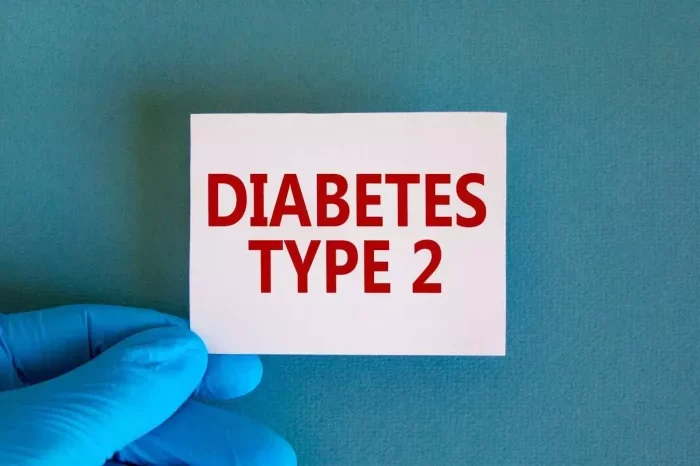Postprandial blood sugar levels refer to the amount of glucose in the bloodstream measured after consuming a meal. This crucial aspect of glucose monitoring provides insights into how our bodies respond to food intake, making it an integral part of diabetes management. By understanding postprandial blood sugar levels, individuals can gain valuable insights into their glycemic control and make informed decisions about their health.
Normal Postprandial Blood Sugar Range
For individuals without diabetes, the target postprandial blood sugar range typically falls between 140 to 180 milligrams per deciliter (mg/dL). However, it’s essential to note that specific target ranges may vary based on individual factors such as age, overall health, and diabetes management goals. Understanding these ranges helps individuals gauge their postprandial blood sugar levels effectively and take appropriate actions to maintain optimal glycemic control.
Factors Influencing Postprandial Blood Sugar
Several factors can influence postprandial blood sugar levels, including the carbohydrate content of the meal, portion sizes, meal composition (e.g., fat and protein content), individual insulin sensitivity, and physical activity levels. These factors affect the rate of carbohydrate digestion and absorption, leading to fluctuations in blood sugar levels after eating. By recognizing these influences, individuals can make informed choices about their dietary habits and lifestyle to better manage their blood sugar levels.
Postprandial blood sugar monitoring plays a crucial role in diabetes management, as elevated postprandial blood sugar levels can contribute to poor glycemic control and increase the risk of complications. Individuals with diabetes may have different target postprandial blood sugar ranges based on their treatment regimen, overall health status, and diabetes management goals. By monitoring postprandial blood sugar levels regularly, individuals can identify patterns, make necessary adjustments to their treatment plan, and reduce the risk of long-term complications associated with diabetes.
Interpreting postprandial blood sugar readings involves understanding what different readings may indicate in terms of glycemic control. Consistently elevated postprandial blood sugar levels may suggest the need for adjustments to medication dosages, meal planning, or lifestyle modifications. By closely monitoring these readings and working closely with healthcare providers, individuals can make informed decisions to optimize their diabetes management and improve their overall health.
Tips for Managing Postprandial Blood Sugar Levels
Managing postprandial blood sugar levels requires a combination of dietary choices, portion control, physical activity, and hydration. Practical tips include choosing carbohydrate-containing foods with a lower glycemic index, monitoring portion sizes, incorporating physical activity after meals, and staying hydrated. By implementing these strategies and working collaboratively with healthcare providers, individuals can develop personalized approaches to managing their postprandial blood sugar levels effectively.
Choose Carbohydrate-Containing Foods with a Lower Glycemic Index: Opt for whole grains, fruits, vegetables, and legumes, which have a lower glycemic index (GI) compared to refined carbohydrates. Foods with a lower GI cause a slower and more gradual increase in blood sugar levels after consumption, helping to prevent spikes.
Monitor Portion Sizes: Pay attention to portion sizes to avoid overeating and consuming excessive carbohydrates in one sitting. Use measuring cups, food scales, or visual cues to help estimate appropriate portion sizes for meals and snacks.
Incorporate Physical Activity After Meals: Engage in light physical activity, such as taking a short walk, doing household chores, or practicing gentle stretching exercises, after meals. Physical activity helps to improve insulin sensitivity, allowing cells to better utilize glucose and lowering postprandial blood sugar levels.
Stay Hydrated: Drink plenty of water throughout the day to stay hydrated. Water helps to flush out excess glucose through urine and can aid in maintaining stable blood sugar levels. Avoid sugary beverages and opt for water, herbal tea, or infused water instead.
Limit Sugary and High-Carbohydrate Foods: Minimize consumption of sugary snacks, desserts, and beverages, as well as high-carbohydrate foods that can rapidly raise blood sugar levels. Instead, choose nutrient-dense options that provide sustained energy without causing sharp spikes in blood sugar.
Conclusion
In conclusion, understanding postprandial blood sugar levels is essential for effective diabetes management. By recognizing the factors influencing postprandial blood sugar, interpreting blood sugar readings accurately, and implementing practical management strategies, individuals can take control of their diabetes and reduce the risk of complications. Regular monitoring, lifestyle modifications, and collaboration with healthcare providers are key to achieving optimal glycemic control and improving overall well-being.
Related Topics:


























